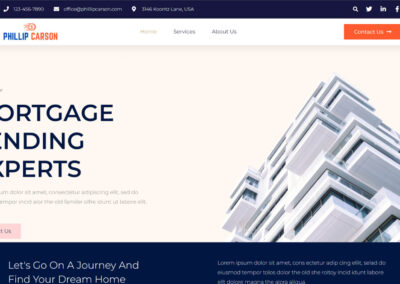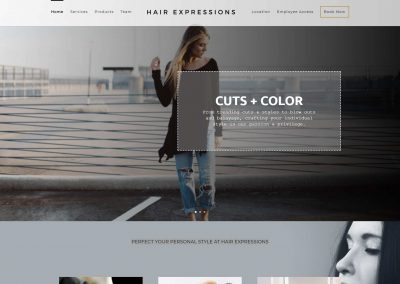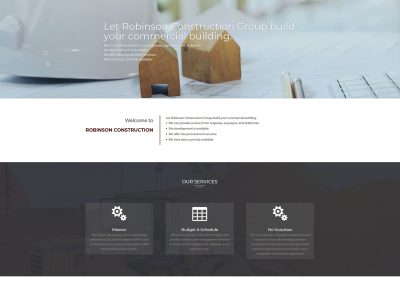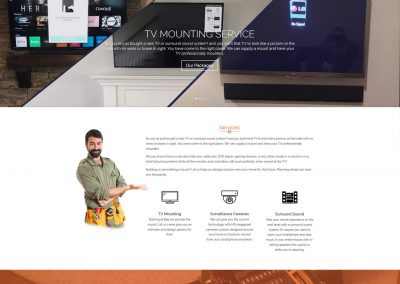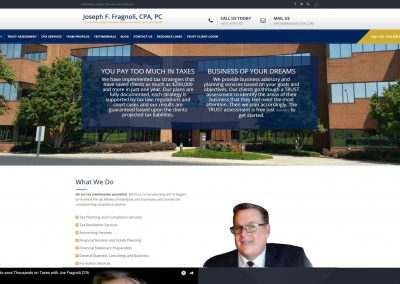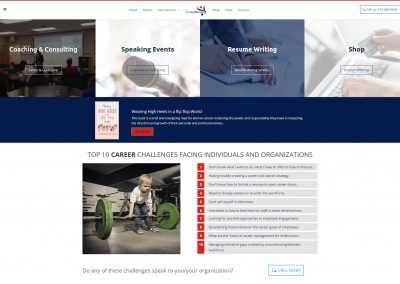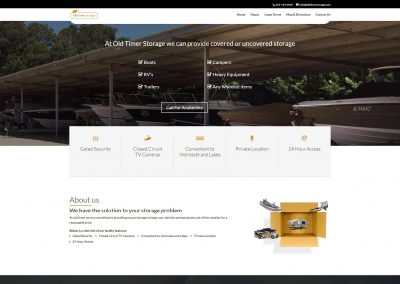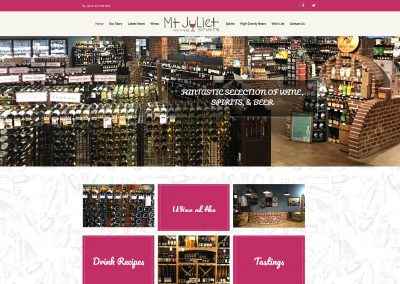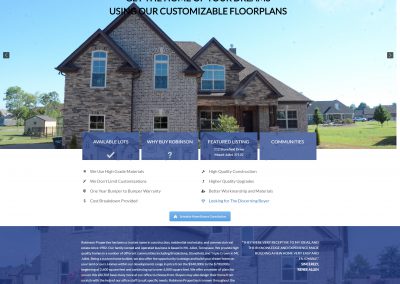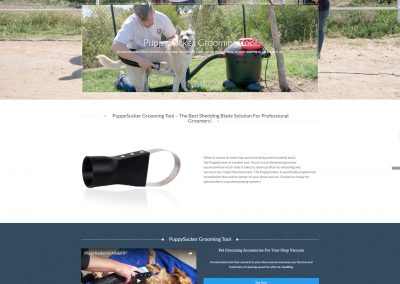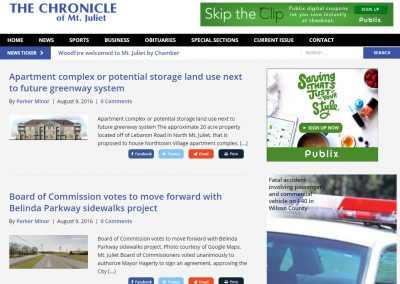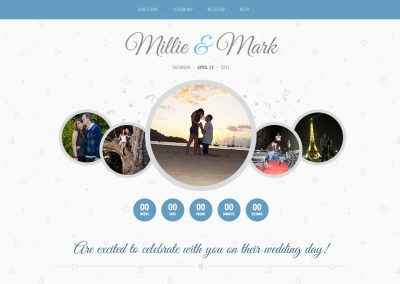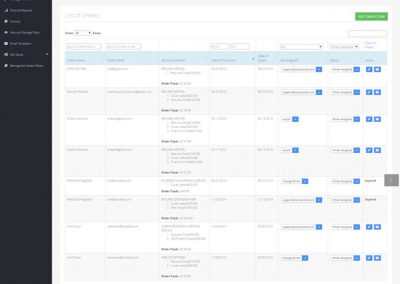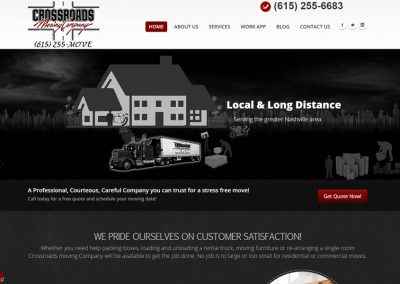Web design
E-Commerce Website Design
E-Commerce websites are used to sell products and services. There are many options for e-commerce websites and some of the quickest ways to get started selling online or existing platforms like Shopify which make it fast and easy to set up storefront websites. If you need more control over your e-commerce platform you can integrate woo commerce into your WordPress install or configure a Magento installation. There are also several .net based options. With the huge number of platforms available it can be difficult to know which one will fit your needs the best. Make sure that you look closely at the features of each platform before deciding. Take into consideration not only the features you need today but also what you may need in the future. Features like inventory control and integration with 3rd part selling platforms like amazon may not be requirements today but you want to make sure the option is there if you need to add them later.
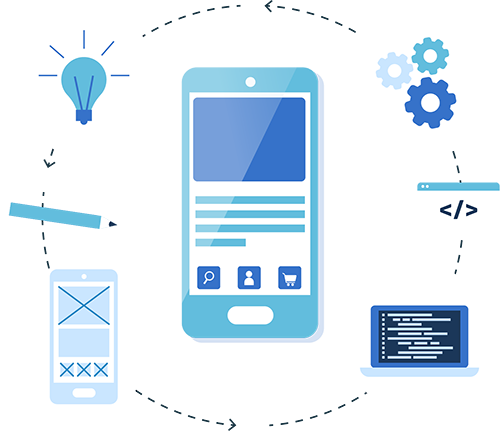
Informational Websites
Informational websites are typically used by businesses wanting to provide information about the company, employees, customers, services and other useful information which will not often need to be updated. In this category you can find several styles of website like business card, portfolio and product brochures.
Responsive Web Design
Responsive web design has been around for a few years and is now industry standard in web design. It works by creating a grid like layout with pre-defined sizes for each section and adapting the settings for those sections to fit any device screen size (mobile phone, tablet, desktop screen).
UX And UI Design
Creating a simple user interface is a critical component to an effective web design regardless of the type of website you have. Users should be able to quickly find the information, product or service they are looking for and have a clear path guiding them all the way to their purchase.
To ensure you’re getting everything you want, we take a strategic and agile approach to development. Keeping you in the loop at each stage of the process showing progress as it’s made each week allows you to provide faster feedback reducing costly redo’s and improving the end product significantly.

